Selecting the most appropriate application of fire-fighting equipment is key to providing your family and/or employees with the best chance of containing a fire before it develops into a major incident, as well as of saving lives and property, and even the future of your enterprise.
A hand-held fire extinguisher is a portable appliance which is suited to handling by a normal person of average physical strength. Such a fire extinguisher usually ranges from a total mass of as little as 1kg to about 23kg. A fire extinguisher of this nature must be considered as ‘first-aid’ fire-fighting equipment due to the limited duration of discharge of such equipment. A portable fire extinguisher consists of a metal cylinder which is surmounted by a handle and a discharge lever.
Most fire extinguishers come with brackets for mounting against a solid surface, such as a wall or the inside of a car. The larger units come mounted on a trolley. By removing the safety pin and pressing the discharge lever, the fire extinguishing agent, called the ‘charge’, is released. Hand-held fire extinguishers include the basic types of fire extinguishers. Keep in mind that you can put yourself in danger, or even increase the intensity of a fire, if you use the incorrect type of extinguisher on it.
WATER TYPE FIRE EXTINGUISHER
Water extinguishers have better cooling properties than other fire extinguishers and can readily penetrate to reach a deep-seated fire. A deep-seated fire is a fire which usually burns far below the surface in a duff, mulch, peat or other combustible as contrasted with a surface fire. Water extinguishers are identifiable by their red instruction label, and are considered effective for dealing with Class A fires, as they cool down a fire. Do NOT use them on electrical equipment.
To use a water extinguisher, follow the PASS steps in the following order:
- Remove the safety pin (Pull).
- Direct the jet of water at the base of the flames (Aim).
- Squeeze the trigger of the discharge lever (Squeeze).
- Keep moving the jet across the area in a sweeping motion (Sweep).
- NB, PASS method is used on all types of extinguishers
- Only try to combat small, minor fires.
The disadvantage in using a water extinguisher is that it can cause some fires, such as a petrol fire, to spread rapidly. The water that is used in such extinguishers is also a ready conductor of electricity, and can be extremely dangerous in the case of Class C fires, where there is a live electric current present.
FOAM TYPE FIRE EXTINGUISHER
Foam extinguishers are well suited for use on small Class B fires to combat the spreading of burning liquid. Such fire extinguishers can be identified by the cream-coloured label that they bear, and should be used on fires involving flammable liquids, such as grease, gasoline and oil.
The foam serves to cool the fire down, to prevent the release of vapour from the fire, to prevent reigniting of the fire, and to smother the fire. Such extinguishers are not suitable for use on flowing flammable liquid spillages. Care must be taken with their use, as the foam that they use conducts electricity. To use a foam extinguisher, follow the instructions that are given under water extinguishers above.
The disadvantage in using a foam extinguisher is that it contains foam, which is a ready conductor of electricity. Its use can, therefore, be hazardous in the case of Class C fires, when there is an electric current present.
CO2 TYPE FIRE EXTINGUISHER
CO2 extinguishers are well suited for use on small Class B fires, as well as on Class C fires, since CO2 is a non-conductor of electricity. Such extinguishers can be identified by means of the black instruction label that they bear. They are considered best suited for fighting those fires which involve electrical equipment, but also effectively cope with flammable liquids, so that they are the best type of fire extinguisher to use on Class BC fires.
Such extinguishers deliver a high concentration of CO2 gas under pressure, producing inert vapour, which excludes oxygen and smothers the fire. To use a CO2 extinguisher, follow the instructions that are given under water extinguishers above.
CO2 extinguishers have limited cooling properties; hence, they provide no protection against reignition and are, consequently, considered to be ineffective in outdoor applications.
DRY CHEMICAL FIRE EXTINGUISHER
Dry chemical extinguishers are very effective for quelling Class B fires, as they can readily halt the spread of burning liquid. Dry chemical powder extinguishers are identifiable by their blue instruction label, and are best suited to combating larger flammable liquid fires (Class A), though they can also be used on electrical fires (Class C).
They are often referred to as ABC dry powder extinguishers, due to their capacity to quell Class A, B and C fires. The extinguisher is filled with powder (mono-ammonium phosphate), which is kept under nitrogen pressure. Powder is expelled from the extinguisher by means of the exertion of gas pressure, and is very effective as a knockdown agent for flammable liquid fires. To use, follow the instructions given under water extinguishers above.
Keep in mind that the powder has no cooling properties, so that it does not prevent the reigniting of Class B fires. The dry chemical powder, which is messy, can damage electrical equipment, such as computers.
.FIRE HOSE REEL
The fire hose reel is also, by definition, considered to be a portable fire-fighting appliance, due to its extended hose feature. Such reels are often available in a swing-type design, which offers an all-directional flexibility, or which else comes in a static installation. Since the fire hose reel uses water, it is only effective against Class A fires.
FIRE BLANKET
Fire blankets are fire-resistant, light and easy to handle. You can use them to extinguish a fire on a person whose clothing has caught on fire, by wrapping the blanket around the body of the person concerned. They are used in kitchen to extinguish fire on cookers, microwaves, ovens etc. You can also use a fire blanket to cover a stove in the event of a pan fire, or even use one to cover yourself with in order that you might flee a building through its hot spots, if you have no other way out. Such blankets should be kept nearby any potential fire hazard.
SAND BUCKET
The water or sand in fire buckets can effectively be used to quell small Class A and D fires that are still in their early stages. However, they are considered to be unreliable as a method of fighting big fires.
FIRE SAFETY AWARENESS
Regardless of the type of business you are doing, fire safety should always be the main concern. Here are a few fire safety tips you can share and train your staff on to help prevent fire from occurring in offices.
• Keep your work area free of waste paper, trash and other items that can easily catch fire.
• Check on your electrical cords. If a cord is damaged in any way, replace it. Try not to lay cords in places where they can be stepped on, as this will contribute to deterioration of the protective outside coating.
• Don’t overload your circuits.
• Turn off electrical appliances at the end of the day.
• Keep heat-producing equipment away from anything that might burn. This includes copiers, coffee makers, computers, etc.
Sharing this tips with your employees will help keep the working place fire free, saving you the heavy losses usually incurred during fire outbreak.
CONCLUSION
Not all fires are the same, and they are classified according to the type fuel that is burning. If you use the wrong type of fire extinguisher on the wrong class of fire, you can, in fact, make matters worse. It is therefore very important to understand the four different fire classifications and the right fire extinguisher. It is thus very important to attend a fire safety training to learn how to use fire equipment promptly, collectly, effectively and safely.
For a variety of Fire Extinguishers, visit https://www.nairobisafetyshop.org/product-category/fire-extingisher/
For fire Safety Training and free fire videos, visit https://www.facebook.com/makinikaafrika.org/
Fire Safety is both an individual and collective responsibility.




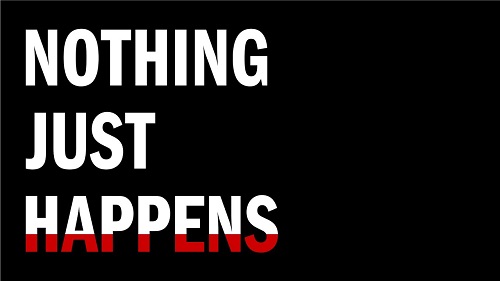

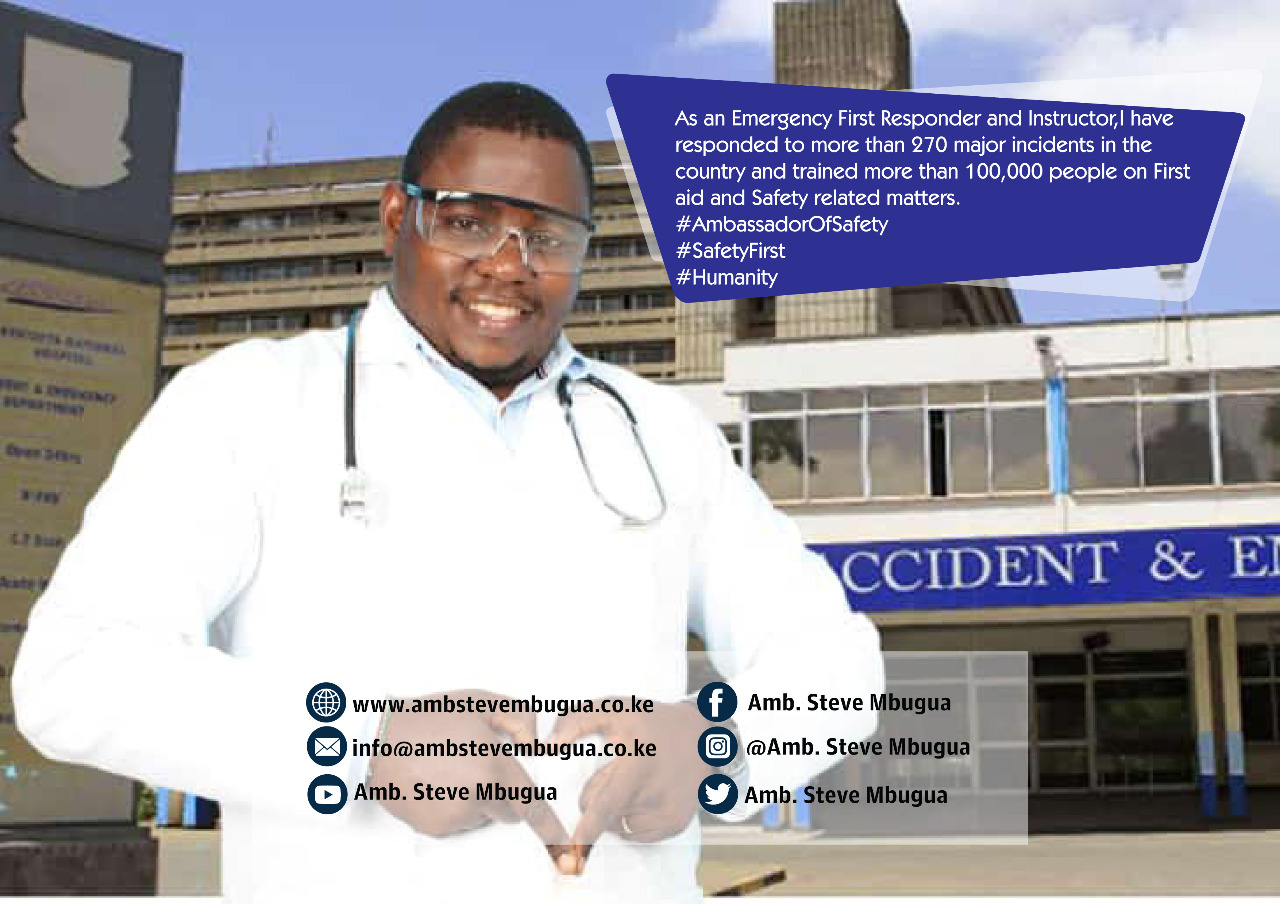

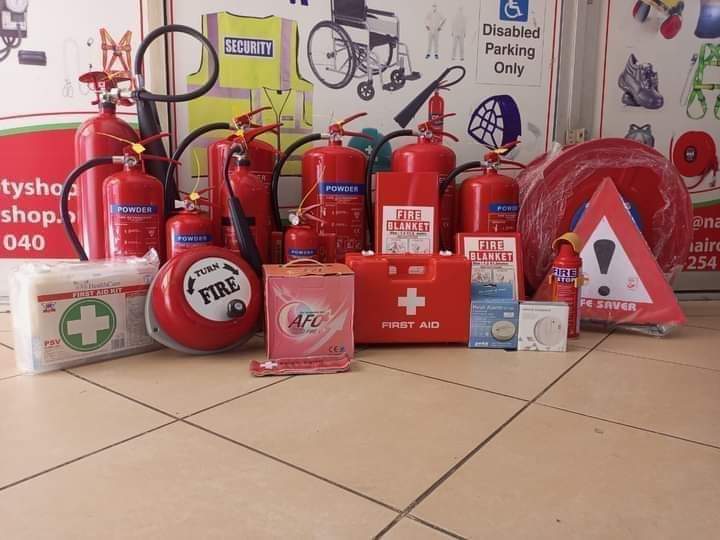

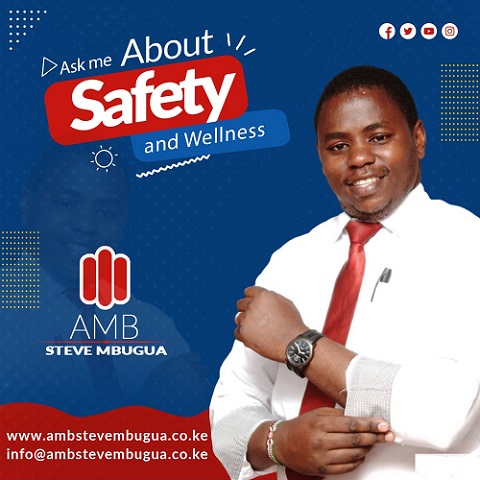


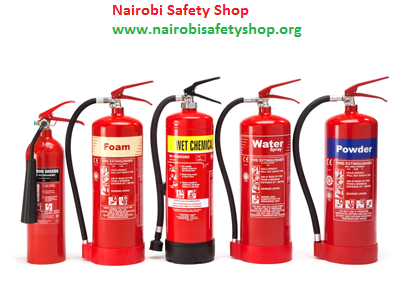

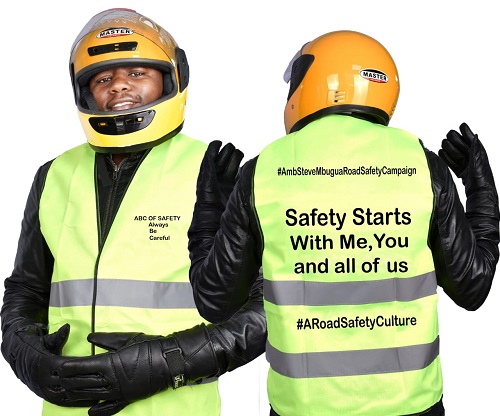



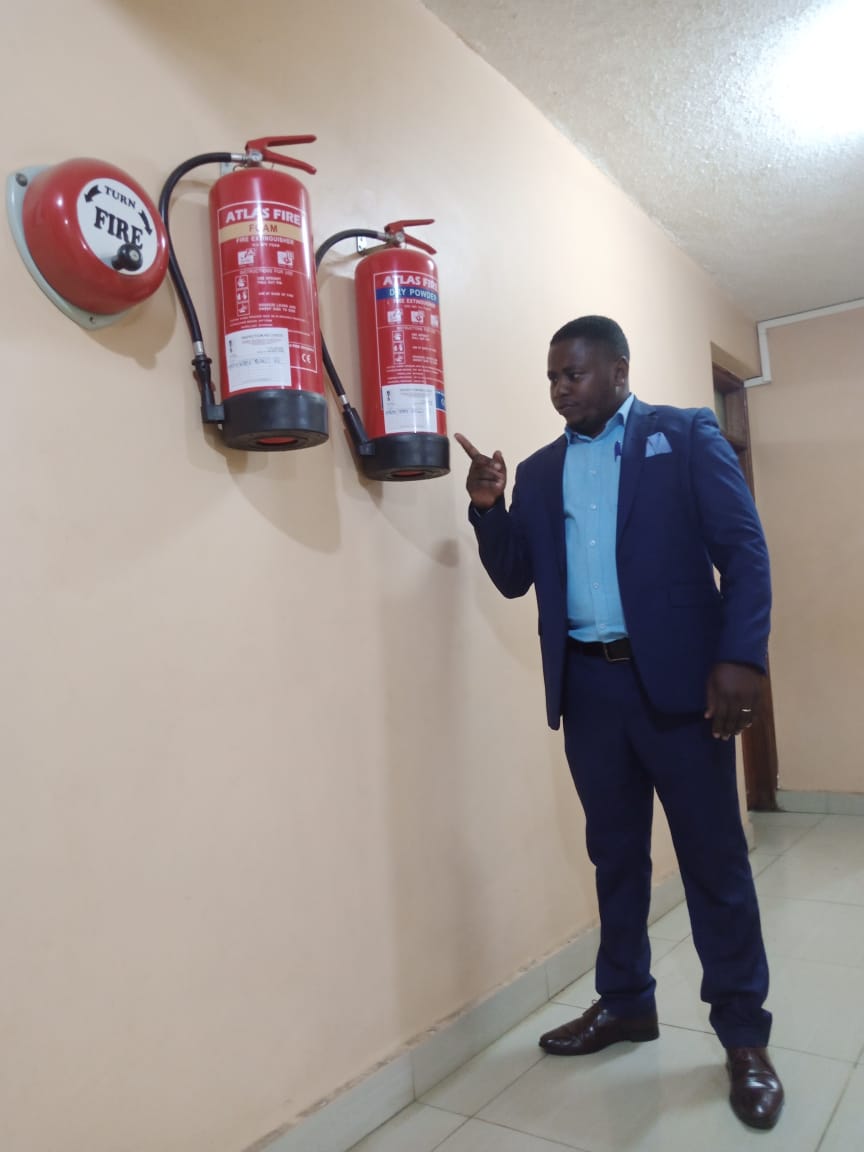
It’s very educative.l love it
Hi there! Such a good post, thank you!